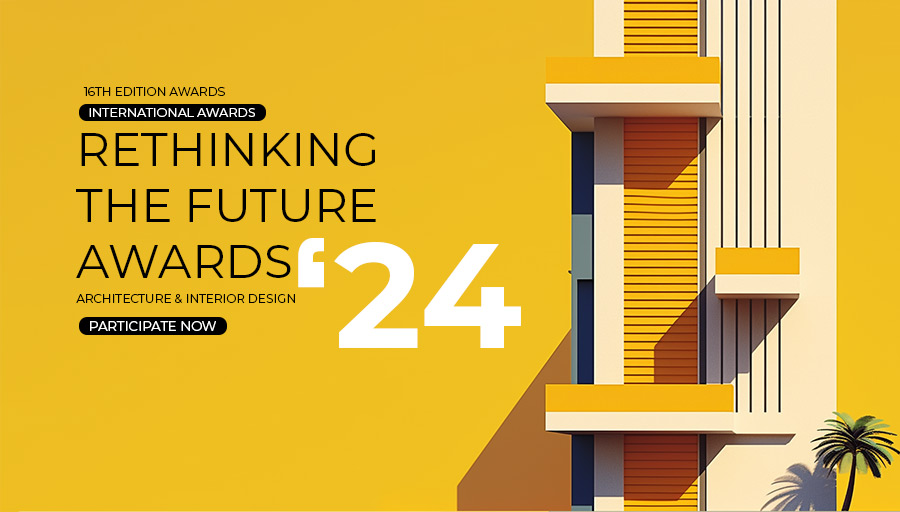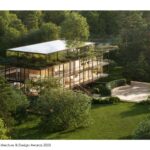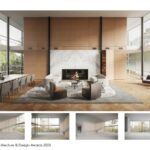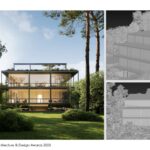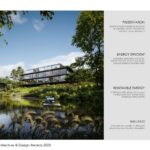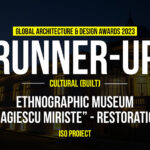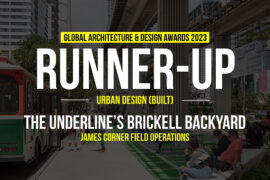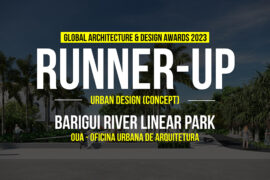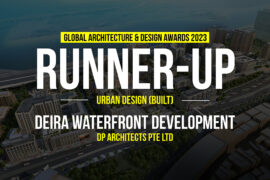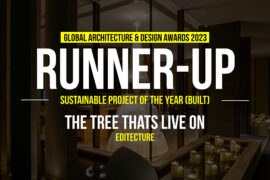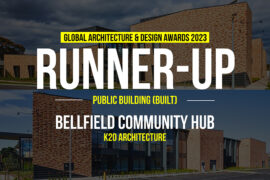This international design firm relinquished their Downtown Houston lease and purchased nearly 2 acres land along Buffalo Bayou across from Memorial Park and the Houston Arboretum. Surrounded by mature trees and natural wildlife in an ideal location, it was the peaceful retreat within the inner-city the firm had been dreaming of for years.
Global Design & Architecture Design Awards 2023
Second Award | Commercial (Concept)
Project Name: Rottet Studio Houston Office
Category: Commercial (Concept)
Studio Name: Rottet Studio
Design Team: Lauren Rottet, Kyle Rottet, Chris Evans, Jeff Horning, Anja Majkic
Area: 7,421 SF
Year: 2025 (Concept)
Location: Houston, TX, USA
Consultants: NA
Photography Credits: Complements of Rottet Studio
Render Credits: Complements of Rottet Studio

Coincidently, or perhaps by fate, it was revealed during the due diligence period that each lot had a local architectural history of its own which made the decision to relocate even easier. The inconspicuous home located at 61 Briar Hollow was designed in 1963 by Wilson, Morris, Crain & Anderson, the same local architectural firm responsible for the development of the Houston Astrodome (the “Eighth Wonder of the World”). And, the glass and steel framed Miesian-like structure located at 65 Briar Hollow Lane was designed in 1959 by Howard Barnstone, a Houston-based architect known for his work with Mark Rothko on the Rothko Chapel.

It was here, at 65 Briar Hollow Lane, where the firm would ultimately establish their Houston headquarters. Using the original blueprints sealed by Barnstone in 1959, the design team vowed to preserve the legacy of the property and envisioned their future Houston headquarters office in Barnstone’s likeness. The design team retained as much of the original characteristics as possible when converting the single-family home to a modern workspace that would accommodate the current staff while also planning for future growth. Barnstone’s original design had great circulation so much of the original interior plan on the first level was simply repurposed to accommodate the reception area, conference room, entertainment space and private offices. The kitchen remained central to the plan in order to encourage a fun, relaxed and comfortable working environment that was conducive to entertaining. However, the entire second floor was reconfigured as a dedicated open workspace for the design team with floor-to-ceiling windows on all sides to allow as much natural light to flow freely through the space and exploit the unobstructed views over the bayou and arboretum.
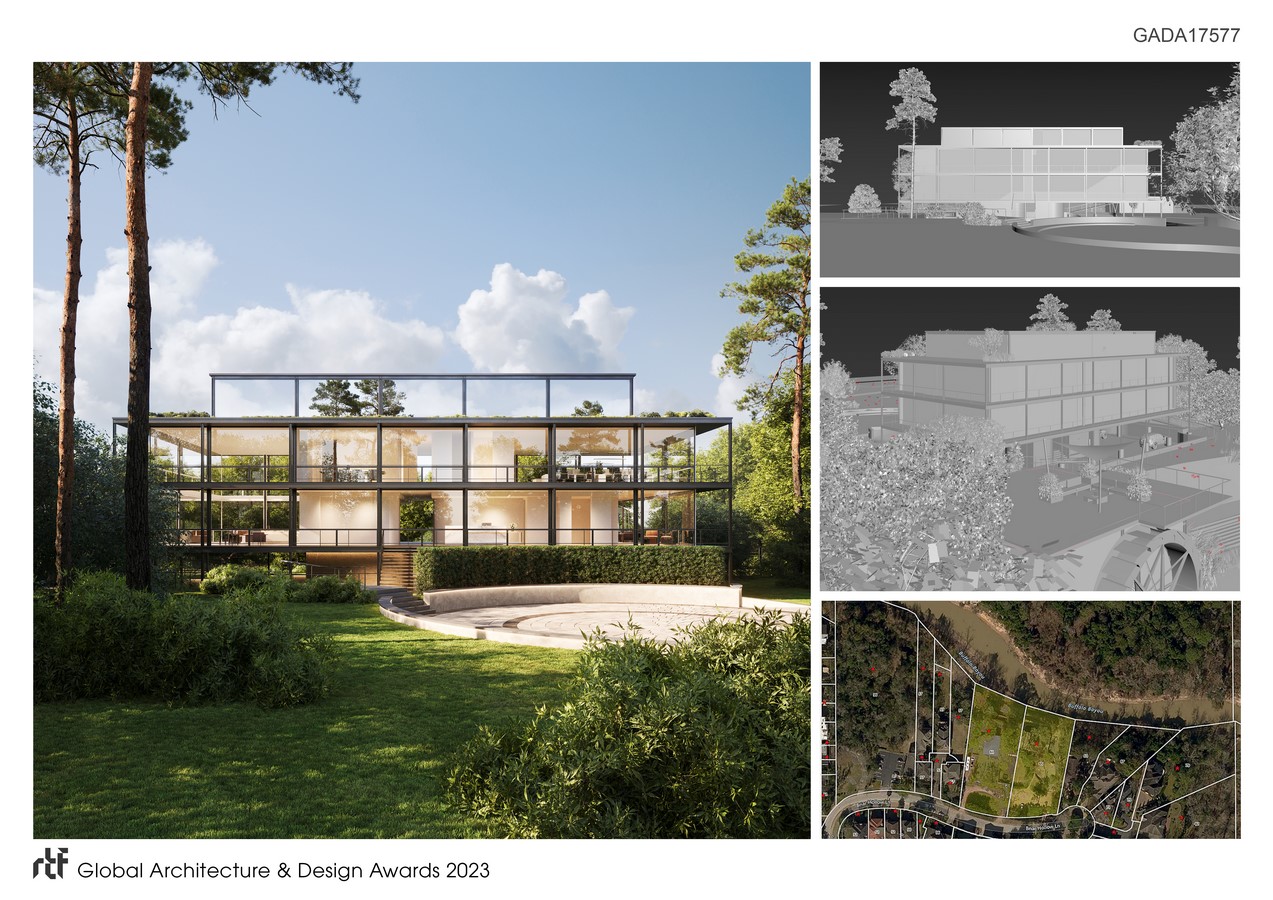
Expanding the plan vertically, the design team incorporated a third story lounge and indoor/outdoor entertainment space. The team cleverly incorporated mirrored surfaces on the windows and rooftop to reflect the natural environment and create the illusion of invisibility since the third level was not part of the original architectural drawings and they wanted to remain true to the original vision. These mirrored panels sere a double purpose as they also naturally reflect light away from the space, which help maintain a more comfortable interior temperature and reduce the need for air conditioning. Further to this green initiative, plans also include solar panels and a hydroelectric wheel that will generate and store enough electricity to power the adjacent “boat house”—a small structure along the bank intended to store paddle boats for leisure cruises down the bayou.


